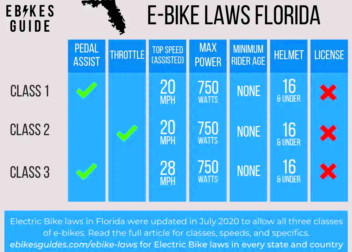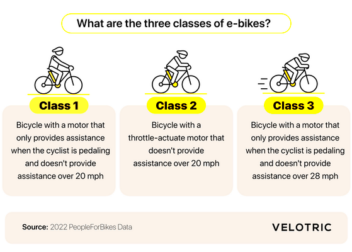Key Points of Moped Laws in Indiana
That is why it is crucial to pay attention to what a moped is in Indiana, both for safety and legal reasons. As far as the definition goes, a moped is either a two or three wheeled vehicle whose engine capacity does not exceed 50cc and also does not go beyond 35 miles on level ground. Often, they come with pedals, as opposed to other motor vehicles. This knowledge helps riders comply with state laws thus ensuring they possess the right licenses and registrations.
Here are some brief insights on important features that characterize a moped in the state of Indiana:
- Engine size: Maximum 50cc
- Speed: Cannot exceed 35 mph on flat surfaces
- Wheels: Can have two or three wheels
- Pedals: Often includes pedals to assist with propulsion
License Requirements for Moped Operators
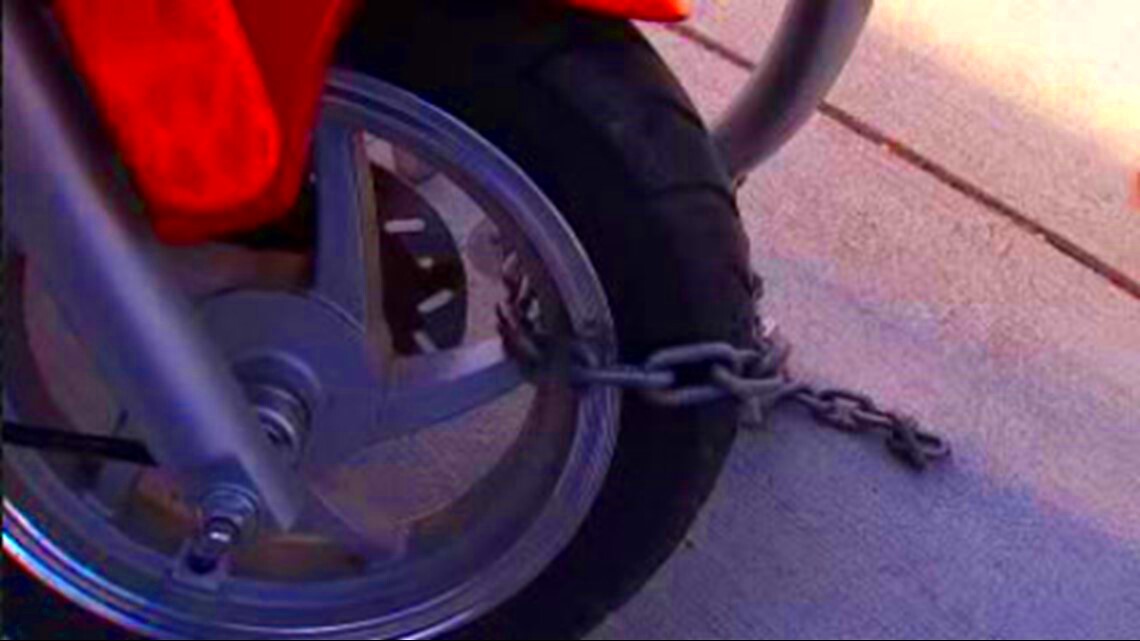
To ride a moped in Indiana, one must know the license requirements that must be met. The rider must possess either valid Indiana driver’s license which is not less than six-month-old, motorcycle learner permit or motorcycle endorsement. Below is what you should know.
- Driver’s License: A standard Indiana driver’s license suffices.
- Motorcycle Learner’s Permit: If you do not have a full license, you can apply for a learner’s permit to practice riding.
- Motorcycle Endorsement: This endorsement allows you to operate motorcycles and mopeds legally.
Additionally, riders under the age of 18 must complete a motorcycle safety course to obtain their motorcycle endorsement. This requirement aims to promote safe riding practices among younger operators.
Moped Registration Process Explained
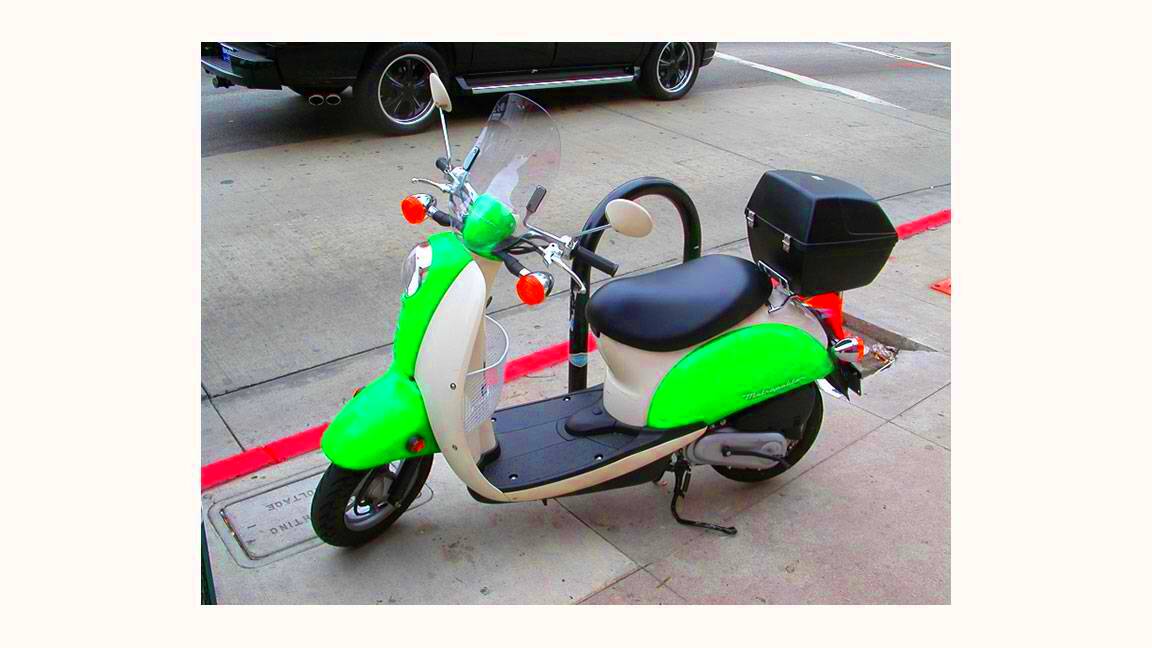
There’s nothing too complicated about getting your moped registered in Indiana. Generally, these are the steps involved:
- Gather Required Documents: You will need proof of ownership (like a bill of sale), proof of identity (like your driver’s license), and proof of insurance.
- Complete the Application: Fill out the application form for vehicle registration available at your local Bureau of Motor Vehicles (BMV).
- Pay the Fees: There is a small registration fee that varies based on the type of moped.
- Obtain License Plates: After processing, you will receive a license plate that must be displayed on the moped.
Each year it is advisable that you renew your moped registration so as not to incur penalties. Be sure to make regular inquiries with your area’s BMV regarding any developments or unique necessities in any neighbourhood.
Insurance Requirements for Mopeds in Indiana
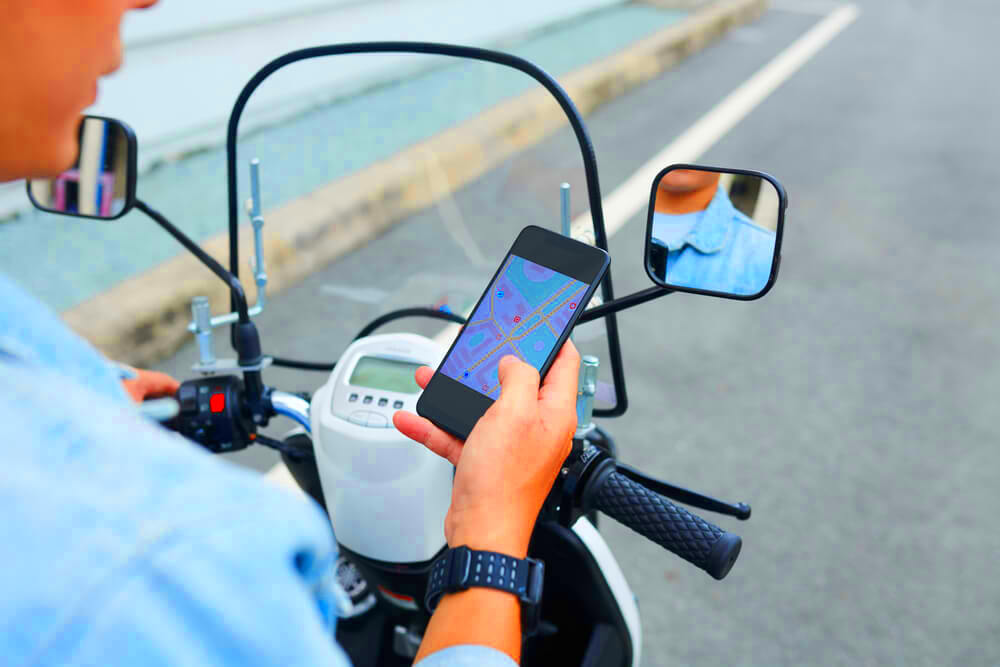
In Indiana, a moped can be ridden only if it’s insured. This is mandatory. The support that insurance delivers to individuals includes everything from financial woes prompted by accidents to those arising from damage. All states require the mopeder to have at least some liability cover. It is an assurance that, when you are the cause of an accident, you shall be able to pay for repair works of other people’s destroyed items or their hospital bills.
These are the most important prerequisites to moped riders in Indiana regarding their insurance policy:
- Liability Insurance: You must have liability coverage of at least $25,000 for bodily injury per person, $50,000 for bodily injury per accident, and $10,000 for property damage.
- Optional Coverage: While not required, you might consider additional coverage, like collision or comprehensive insurance, to protect your moped from theft or damage.
- Proof of Insurance: Always carry proof of insurance while riding. This can be a card or a digital version on your phone.
Keep in mind that driving without coverage can result in severe fines and penalties, plus in case of an accident you could be liable for all damages. Therefore, the best option is to look around for an insurance that meets both your requirements and budget.
Safety Equipment Regulations for Moped Riders

In case you choose to travel this way around, you will have a lot of fun because it is easy and quick too. However, remember that safety is the priority in these situations.Different pieces of safety gear must be used by all motorbike people in Indiana.Wearing appropriate clothing can save your life as well as prevent serious injuries during a crash.
Essential safety equipment regulations for moped riders are as follows:
- Helmets: Indiana law requires all moped riders to wear a DOT-approved helmet. This is crucial for protecting your head in case of an accident.
- Eye Protection: Riders are advised to wear goggles or a face shield to protect against debris and wind.
- Reflective Clothing: While not mandatory, wearing bright and reflective clothing increases visibility on the road.
- Footwear: It’s recommended to wear sturdy shoes that cover your entire foot for better grip and protection.
Taking into account these safety rules may significantly decrease dangers posed upon oneself during fun trips. Don’t forget that the happier and safer you are the better it is to spend some time like this!
Traffic Laws Specific to Moped Operation
Comprehending moped operation traffic laws is necessary for safety and legality on the road. Even though mopeds are generally smaller and less powerful than motorcycles, they are still required to follow many of the same traffic laws. This way you can enjoy a legal ride, with the assurance that you are obeying all the relevant regulations.
Some crucial traffic laws which need to be known include:
- Lane Usage: Mopeds are allowed to use the roadway but must stay as close to the right side as possible, except when passing or turning left.
- Speed Limits: Always adhere to the posted speed limits, but remember, mopeds cannot exceed 35 mph on flat ground.
- Signaling: Just like cars and motorcycles, moped riders must signal their turns and stops using hand signals or turn signals.
- Riding with Traffic: Always ride in the same direction as traffic. Riding against traffic is illegal and dangerous.
- No Riding on Sidewalks: Mopeds are not permitted to ride on sidewalks unless specifically allowed by local ordinances.
Road usage regulations must be observed at all times! However much it can seem to you that driving is the simplest thing on earth, you should remember that one moment of carelessness on the part of an automobile driver may mean death for another person walking along the street. Your attention needs to be diverted from your vehicle at all times to enable you see what’s inside and outside it. Thus if an unexpected action happens along the road, you will manage to escape from it since every wind screen has some blinds which act like those found in our houses or actual shades themselves.
Pena lties for Violating Moped Laws
Crucial to any rider is new understanding on how to handle legal punishment when they break federal moped laws. Just as it is in cars and motorcycles not abide by rules may result into fines among other penalties. The intention for such sentences is to promote safe biking behavior while at the same time comfort by making sure that all people using roadways are covered.
In association with penalties, there are common infractions:
- Riding Without a Valid License: If you’re caught riding without the necessary license, you could face a fine of up to $500 and possibly have your moped impounded.
- Failure to Register: Not registering your moped can lead to fines up to $250.
- No Insurance: Riding without the required insurance can result in fines ranging from $300 to $1,000, depending on the circumstances.
- Traffic Violations: Common traffic violations, such as speeding or running a red light, can lead to fines and points on your driving record, potentially affecting your license status.
By committing the same offense repeatedly, one may be subjected to rising penalties that range from heavier financial costs to incarceration in serious circumstances. Therefore, if we keep ourselves aware of the laws guiding mopeds and follow them strictly, we will avoid such nasty results.
Differences Between Mopeds and Other Motor Vehicles
Mopeds are often misinterpreted for various types of motor vehicles like motorcycles and scooters by numerous individuals. Although they possess several commonalities, it is their distinct characteristics that make them unique. This knowledge is vital from a legal as well as an aspect of safety.
Below, I present various ways that distinguish between them:
| Feature | Mopeds | Motorcycles | Scooters |
|---|---|---|---|
| Engine Size | Up to 50cc | Over 50cc | Generally 50cc to 250cc |
| Speed Limit | Max 35 mph | No specific limit, can exceed 70 mph | Typically 60-80 mph |
| License Requirement | Valid driver’s license or permit | Motorcycle endorsement required | May require motorcycle endorsement depending on engine size |
| Pedals | Often equipped with pedals | No pedals | No pedals |
The differences determine the driving and the monitoring of these vehicles. Understanding them enables you to observe proper legislations and road safety at all times.
Frequently Asked Questions about Moped Laws in Indiana
When you start riding, it’s normal to have questions about moped laws. Below are some of the most frequently asked questions meant to address any doubts.
- Do I need a motorcycle endorsement to ride a moped?
In Indiana, you only need a valid driver’s license. However, having a motorcycle endorsement can enhance your riding skills. - What are the insurance requirements for mopeds?
Indiana requires mopeds to have liability insurance with minimum coverage of $25,000 for bodily injury per person, $50,000 per accident, and $10,000 for property damage. - Can I ride my moped on the sidewalk?
No, riding mopeds on sidewalks is generally prohibited unless specifically allowed by local laws. - What should I do if I get pulled over?
Remain calm, provide your license, registration, and proof of insurance, and comply with the officer’s requests. - Are there specific safety gear requirements?
Yes, wearing a DOT-approved helmet is mandatory, and eye protection is highly recommended.
If there are any more inquiries, do not have any qualms about contacting neighborhood officials or check the Indiana Bureau of Motor Vehicles for dependable and current information.
Conclusion on Moped Laws in Indiana
In summary, grasping moped laws in Indiana is essential to make sure you’re safe and compliant when riding. Being aware of what a moped is, licensing, registration, insurance demands and certain traffic regulations will help one drive responsibly on the roads. Following safety equipment rules does not only safeguard you but also encourages safer riding behaviors. It’s important for every moped rider to know that penalties for breaking these laws could be very tough. Whether or not you are new in this game or very good at it; understanding these rules helps you enjoy your journey on two wheels while reducing accidents on the roads for all.

